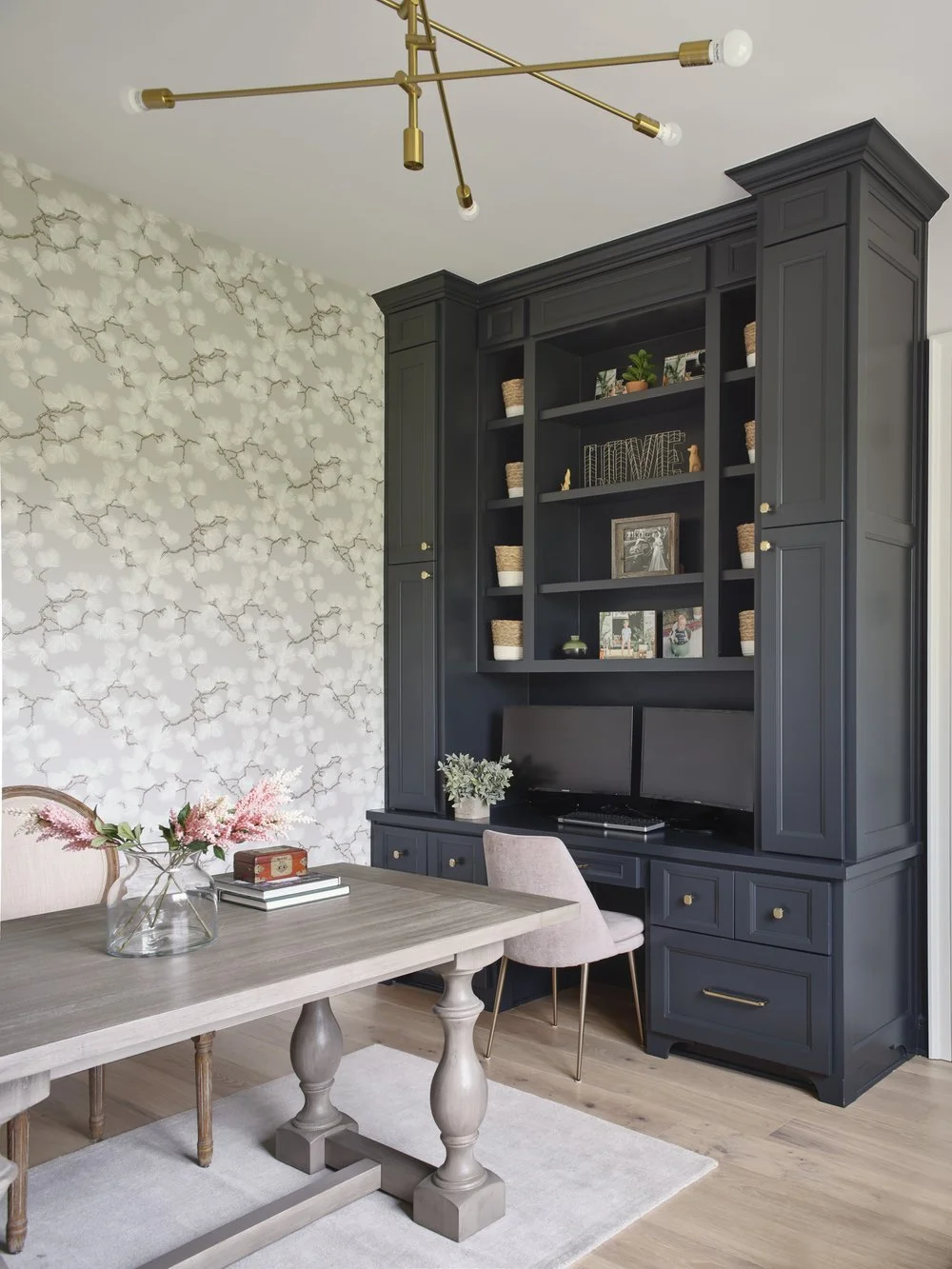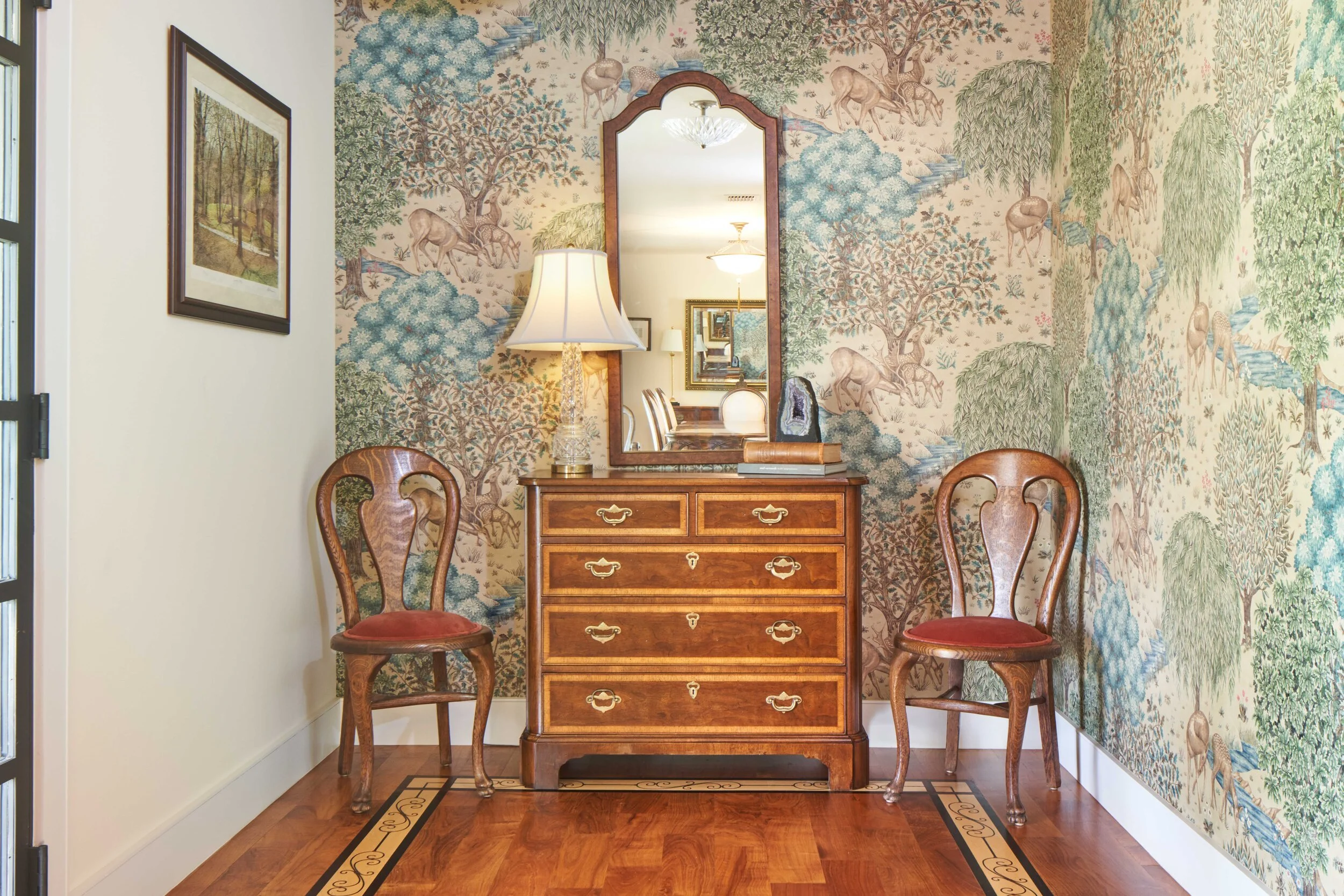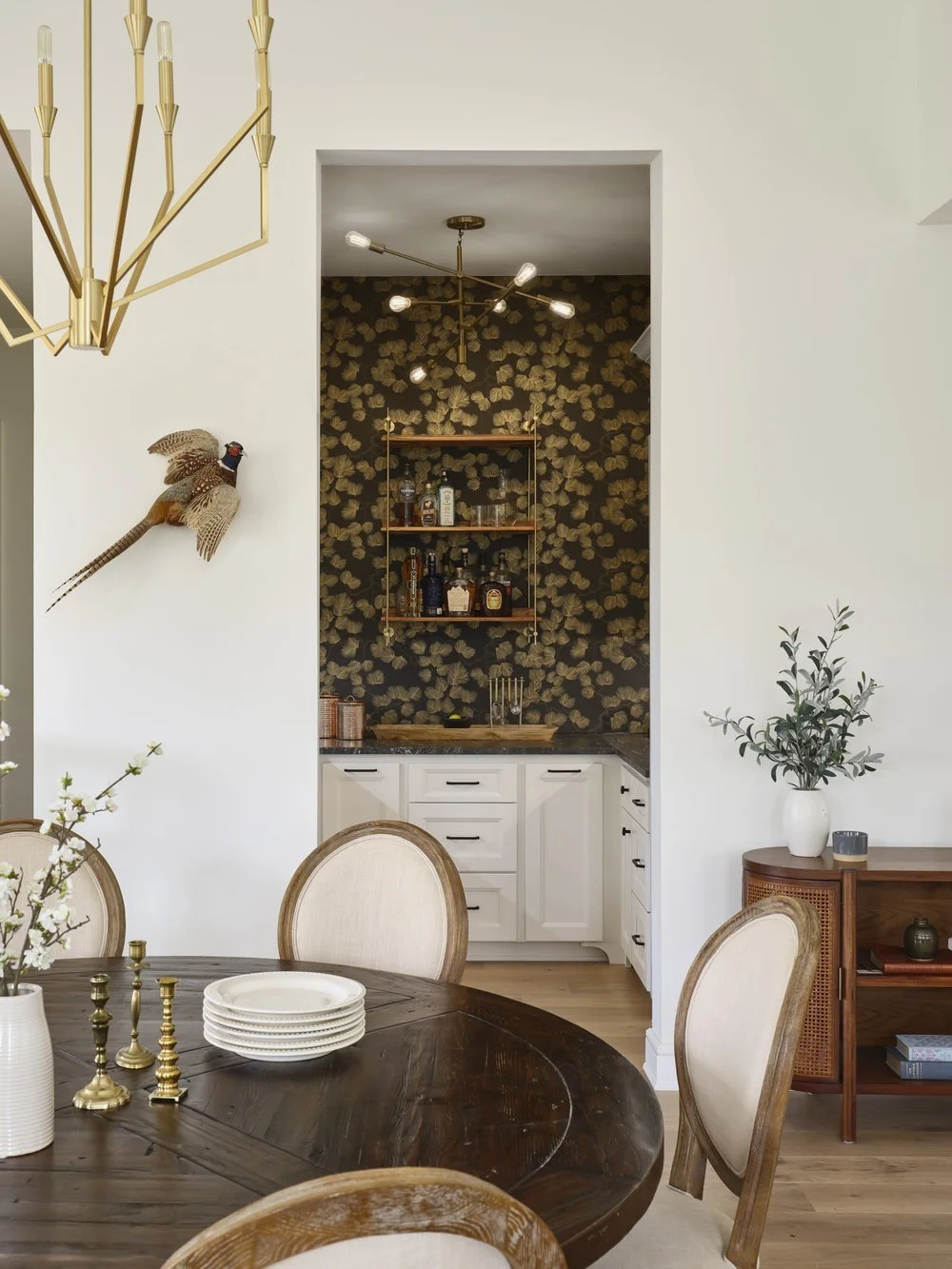The Wallpaper Revival: Looking Back at William Morris’s Influence on Wallpaper Trends
Our Austin Architects Explore the Recent Wallpaper Revival and Look Back to William Morris’s Influential Wallpaper Designs
You may have noticed by now that the Wallpaper Revival is upon us! The new decade has ushered in a resurgence in the popularity of wallpaper, and our Austin architecture clients are jumping on board. So, why is wallpaper trending again, and how are we incorporating wallpapers into home designs today? Looking at this trend, our Austin architects go back to the influence of an 1800s Arts and Crafts movement leader — William Morris. Believe it or not, his original designs are appearing in homes over 150 years after their debut. As we examine the Wallpaper Revival, we’re diving into the history of wallpaper, William Morris’s influence, and considerations to keep in mind before joining the wallpaper revolution.
The Wallpaper Revival: Why Wallpaper is Back in Style
Design trends of the last decade focused on clean lines, minimalism, and lots of white and gray walls. However, we are noticing a return to traditional designs here at our Austin architecture firm. Clients are coming to us with requests for wall paneling, light-divided windows, built-ins, and advice on wallpaper application. Stark minimalist builds are taking a back seat to cozy cottage and craftsman-style homes. As people say goodbye to minimalism, they are searching for ways to add personalization, comfort, and visual interest to their spaces — wallpaper is a great way to do so. As the popularity of traditional design styles continues to increase, so will the application of wallpaper.
A Brief History of Wallpaper
Wallpaper was invented over 2,000 years ago in China, consisting of bark, bamboo, and linen fibers painted to bring nature scenes into the home. In the 15th century, wallpaper made its debut in Europe, and designs were printed with woodblocks colored by hand. The history of wallpaper began as a labor-intensive and slow process, making the wallcovering only accessible to the elite. However, in 1840, Potters & Ross, a cotton printing firm based in Darwen, Lancashire, invented the first wallpaper printing machine. Wallpaper could now be produced at a lower price, and middle-class families could finally afford it. William Morris, a leader in the British Arts and Crafts movement, further encouraged middle-class consumers to incorporate wallpaper designs into their homes through the late 1800s. He created more than 50 patterns that still influence wallpaper prints today. (More on him later!) Wallpaper remained popular through the decades and experienced a boom in the 1960s and 1970s, as homeowners looked to personalize their spaces with groovy designs. By the end of the 1990s, wallpaper had lost its luster, and homeowners had stripped their walls in favor of white and gray paint. Now, wallpaper is trending again in the 2020s as homeowners seek to fill their homes with personalized style.
Floral Wallpaper by DK Studio
Why is Wallpaper Popular Again?
Why is wallpaper trending again? The wallpaper trend picked up steam during the 2020 pandemic, as homeowners spent more time at home and reevaluated their spaces. The consensus was to personalize and maximize. Similarly to people in the late 1800s and mid-1900s, today’s homeowners want to personalize their space, showcase their personal style, and add a layer of comfort to their homes.
Scenic Wallpaper by DK Studio
New Ways to Use Wallpaper in Your Home
Your previous experience with wallpaper in the 80s and 90s may bring back “not-so-fond” memories of floral wallpaper banners, forest greens & blush color palettes, and quirky duck patterns. Don’t worry! Today, textured and nature-print papers offer more subtle and relaxing ways to personalize your space. Trending papers include textured grasscloth, decorative botanicals, and intricate Chinoiserie. Wallpaper is making appearances in every room of the home, including ceilings! As you can see, current wallpaper trends look much different and actually relate more to William Morris’s designs from the 1800s.
Grass Cloth Wallpaper by DK Studio
William Morris’s Influence on Current Wallpaper Trends
As the Wallpaper Revival continues to pick up steam, our Austin architects can’t help but notice William Morris’s influence on the current wallpaper trends. So, who is this designer, and why do his designs continue to make an impact over 150 years later? William Morris is one of the most influential figures of the Arts and Crafts movement, which brought craftsmanship, nature, and organic design into the home. He was born in Walthamstow, East London, in 1834 and had an appreciation for craftsmanship and natural forms, which were dimensioning with the rise of the Industrial Revolution. While he practiced in many areas of art and design, he became best known for his woodblock printing. He created some of the century’s most iconic patterns featuring fruits, flowers, birds, and other organic elements. In 1862, he began creating wallpapers, and the first papers were produced and sold by Morris & Co. in 1864. You can still buy Morris & Co. wallpapers today, and many homeowners are! Elements of Arts and Crafts design are gaining popularity in the Craft Revival style alongside the Wallpaper Revival. Over a century later, homeowners still resonate with William Morris’s work.
Considerations Before Wallpapering Your Home
If you want to join the Wallpaper Revival, consider the following design factors.
Small Rooms Make a Big Impact
Wallpapering small spaces can yield a big impact. For example, choosing an intriguing wallpaper design for your foyer will welcome guests and start a conversation. While papering a small powder room in a bold design will add an unexpected surprise.
Wallpaper Accent by DK Studio
Wallpaper is Durable
If you think wallpaper is delicate, think again! Many papers are more durable than drywall and paint alone. For example, vinyl and grasscloth papers can stand up in high-traffic rooms and keep your walls protected.
Prep Your Walls
Wallpaper installation takes careful planning, and your wall texture matters. There are five levels of wall texture finishes, and walls that will be papered need to be finished at Level 5. This is the smoothest texture level and will allow for a seamless and secure wallpaper application. Applying wallpaper directly to a heavily textured wall will show imperfections and compromise the installation.
Plan for your wallpaper design ahead of time with your architecture team, who can ensure the space is properly prepped for your interior designer and wallpaper installer to take over.




